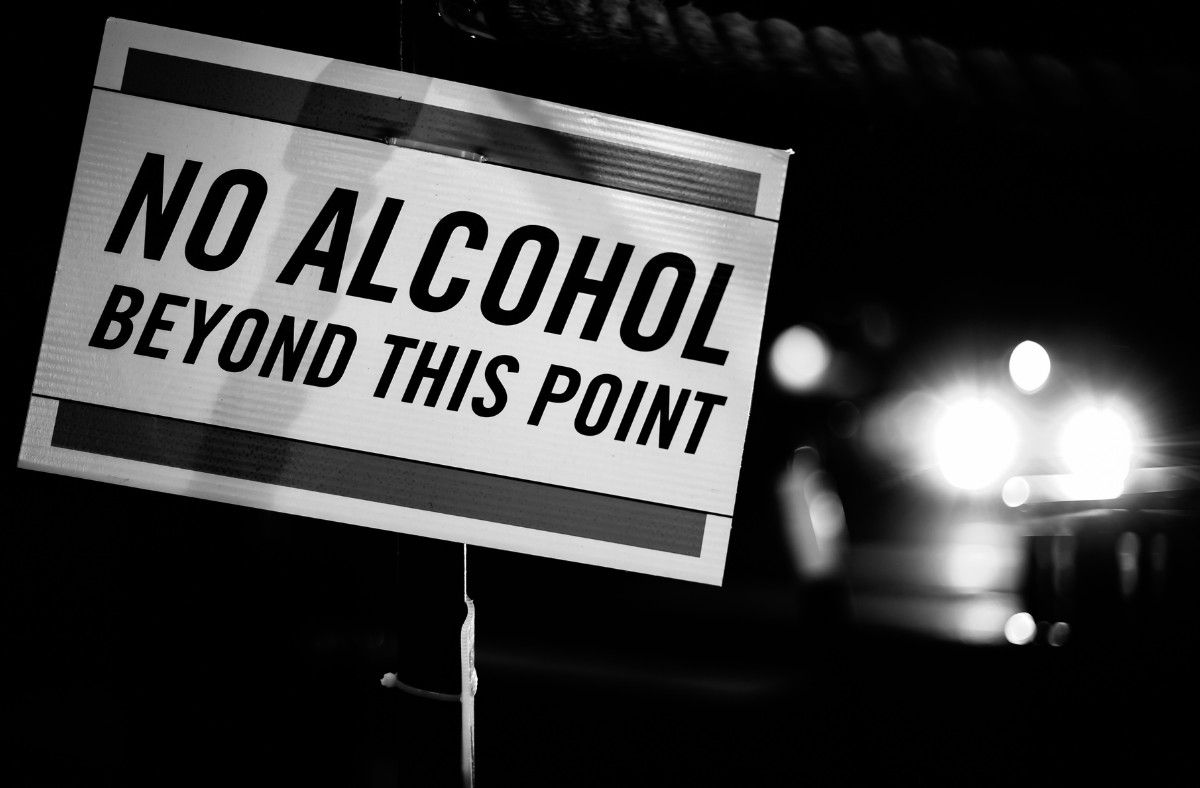
Losing your driver’s license in Texas isn’t just frustrating; it can seriously disrupt your daily life. Whether it’s getting to work, picking up your kids, or simply running errands, not having a valid license makes everything more complicated.
Unfortunately, driver’s license suspensions are fairly common in Texas. They can happen for a wide variety of reasons, like unpaid tickets, driving without insurance, DWI convictions, or even falling behind on child support.
The good news? A suspended license doesn’t have to be permanent. Texas has a clear process in place to help drivers reinstate their licenses once they’ve met certain requirements. While the steps may seem overwhelming at first, knowing exactly what to do can save you time, stress, and money.
In this guide, we’ll walk you through everything you need to know about how to get your driver’s license back in Texas.
Common Reasons for Driver’s License Suspension in Texas
As we noted, having your license suspended is somewhat common in Texas. There are a number of reasons why your license might have been suspended:
- Unpaid traffic tickets or fines
- DWI/DUI convictions
- Driving without insurance
- Accumulating too many points on your driving record
- Failure to pay child support
- Medical reasons affecting driving ability
- Driving with an invalid or expired license
- Failure to appear in court or comply with court orders
Why your license was suspended can determine what you need to do to get your driver’s license back in Texas.
How to Find Out Why Your License Was Suspended
The first step in getting your license back is to find out why your license was suspended in the first place.
To do this, go to the Texas License Eligibility website. You’ll need to enter your driver’s license number, date of birth, and the last four digits of your Social Security number.
Once you’ve entered your information, you’ll be able to see exactly why your license got suspended.
Steps to Reinstate Your Driver’s License in Texas
In order to get your suspended driver’s license back, there are a number of steps you need to follow.
Step #1: Solve The Underlying Issues
The first step toward restoring your license is to resolve any underlying issues. If you have outstanding fines, fees, or tickets, make sure to pay them. Resolve any court obligations, such as a failure to appear or to comply. If applicable, address any child support issues with the Attorney General’s office.
Step #2: Complete Required Courses or Programs
Depending on the severity of your offense, the court may require you to take certain courses or programs. For example, you may be required to take a 12-hour DWI Education Course or a 32-hour DWI Intervention Course.
If you have a points-related suspension, you may need to take a Driver’s Safety Course. It’s also possible that the court could require you to do some community service hours.
(Note: All Texas Court Classes are 100% court-approved. If you need to fulfill a court order, sign up for courses today).
Step #3: Obtain SR-22 Insurance (If Necessary)
SR-22 insurance is a special type of insurance that is required for those who have committed certain driving offenses, such as a DUI or DWI. It serves as proof that you have the minimum liability coverage required by your state.
Obtaining SR-22 insurance can be more expensive than traditional car insurance, but it’s important to fulfill this requirement if it’s necessary in your situation.
Typically, SR-22 insurance is required for around two years, but it varies by case. Contact your auto insurance provider to find out what you need to do to obtain SR-22 insurance.
Step #4: Pay Reinstatement Fees
In addition to obtaining SR-22 insurance, you will also need to pay reinstatement fees in order to regain your driving privileges. You can do this through the Texas License Eligibility website, by mail, or in person at the Texas Department of Public Safety. Typical reinstatement fees are somewhere between $100 – $300, depending on the offense.
Step #5: Submit Documentation
Next, you need to submit all documentation related to resolving your offense. This can include proof of course completions, SR-22 certificate (if applicable), court compliance documentation, and receipts of paid fines or tickets. It is important to submit all required documentation in a timely manner to avoid any delays or additional fees.
Step #6: Apply for License Reinstatement
Once you’ve submitted all the necessary documentation, you can apply for license reinstatement. You can do this online through the Texas License Eligibility website or by visiting a DPS office in person (may be required in certain circumstances).
You may need to schedule a driving test if your suspension was long or it’s required by DPS.
How Long Does It Take to Get Your License Back?
The amount of time it takes to get your suspended driver’s license back depends on several things, including the type of offense, whether you’ve met all the requirements, and the processing times at DPS.
Usually, the process ranges from a few days to several weeks.
For minor offenses, such as not paying a traffic ticket or missing a court date, you may be able to resolve the issue and reinstate your license within a week. However, for more serious offenses like DUIs or multiple traffic violations, it could take longer to complete all the requirements and have your license reinstated.
Tips to Avoid Future Suspensions
There are a number of things you can do to avoid license suspensions in the future, like:
- Paying tickets promptly
- Keeping your insurance active
- Attending court dates and complying with orders
- Driving responsibly
- Monitoring your license status regularly through the Texas Eligibility Website
Final Thoughts
Getting your driver’s license suspended in Texas can feel overwhelming, but it’s not the end of the road. Whether your suspension was due to unpaid fines, a DWI, lack of insurance, or another issue, there is a clear path to getting your license reinstated.
While the process may take some time and effort, getting back on the road legally is absolutely worth it. And if your situation is complicated, don’t hesitate to seek help from legal professionals or check with DPS for clarification.
By staying proactive and taking the right steps, you can not only reinstate your license but also avoid future suspensions. Safe driving starts with being informed and responsible.If you need to take court-required courses, Texas Court Classes is here to help. Sign up today!



